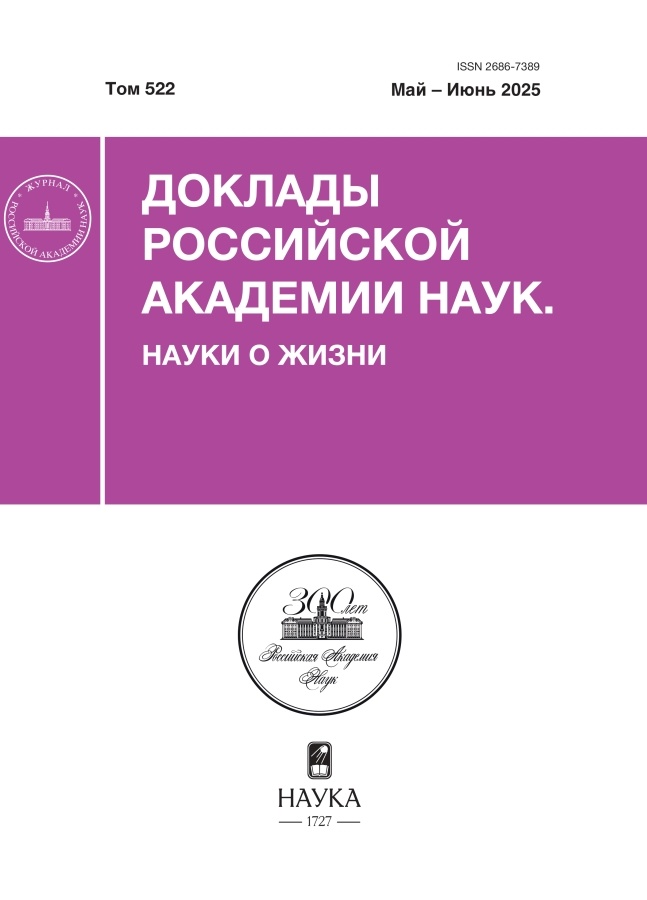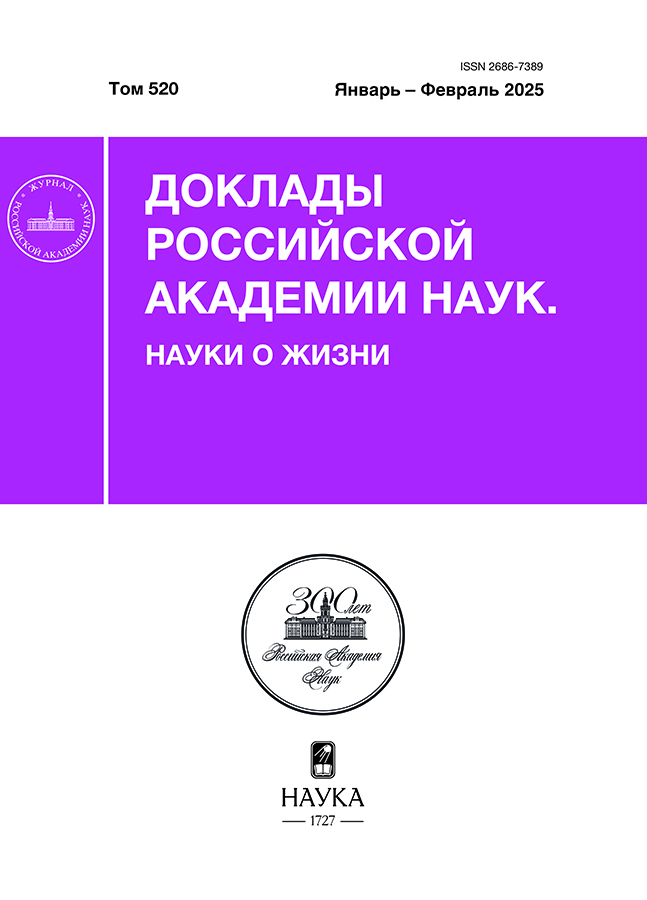Голожаберный моллюск Coryphella trophina (Bergh, 1890) (Gastropoda, Nudibranchia) использует для своей защиты дважды украденные стрекательные капсулы
- Авторы: Крупицкая Н.Р.1, Екимова И.А.1, Малахов В.В.1
-
Учреждения:
- Московский государственный университет имени М.В. Ломоносова
- Выпуск: Том 520, № 1 (2025)
- Страницы: 5-9
- Раздел: Статьи
- URL: https://ter-arkhiv.ru/2686-7389/article/view/682013
- DOI: https://doi.org/10.31857/S2686738925010017
- EDN: https://elibrary.ru/tdqjuw
- ID: 682013
Цитировать
Полный текст
Аннотация
Большинство голожаберных моллюсков питаются гидроидными полипами и актиниями, используя для защиты похищенные стрекательные капсулы съеденных жертв – клептокниды. Обнаружено, что голожаберный моллюск Coryphella trophina (Bergh, 1890) поедает других голожаберных моллюсков. При этом для своей защиты этот хищник использует стрекательные капсулы, которые были похищены дважды: один раз их похитили моллюски, питавшиеся книдариями, а другой – их похитила C. trophina, которая съела этих моллюсков.
Ключевые слова
Полный текст
Об авторах
Н. Р. Крупицкая
Московский государственный университет имени М.В. Ломоносова
Автор, ответственный за переписку.
Email: nelly-karimova@yandex.ru
Россия, Москва
И. А. Екимова
Московский государственный университет имени М.В. Ломоносова
Email: nelly-karimova@yandex.ru
Россия, Москва
В. В. Малахов
Московский государственный университет имени М.В. Ломоносова
Email: nelly-karimova@yandex.ru
академик РАН
Россия, МоскваСписок литературы
- Goodheart J.A., Bely A.E. Sequestration of nematocysts by divergent cnidarian predators: mechanism, function, and evolution // Invertebrate Biology. 2017. Vol. 136, No. 1, P. 75–91.
- Nikitenko E.D., Vortsepneva E.V. Spicule complex of three Onchidorididae species (Gastropoda: Doridina) from the White Sea // Invertebrate Zoology. 2020. Vol. 17, No. 1, P. 44–58.
- Ekimova I.A., Vorobyeva O.A., Mikhlina A.L., et al. Nematocyst sequestration within the family Fionidae (Gastropoda: Nudibranchia) considering ecological properties and evolution // Frontiers in Zoology. 2022. Vol. 19, No. 1, P. 29.
- Andersen R.J., Desjardine K., Woods K. Skin chemistry of nudibranchs from the West Coast of North America // Molluscs: From Chemo-ecological Study to Biotechnological Application. 2006. P. 277–301.
- Vorobyeva O.A., Malakhov V.V., Ekimova I.A. General and fine structure of Aeolidia papillosa cnidosacs (Gastropoda: Nudibranchia) //Journal of morphology. 2021. Vol. 282, No. 5, P. 754–768.
- Goodheart J.A., Bleidißel S., Schillo D., et al. Comparative morphology and evolution of the cnidosac in Cladobranchia (Gastropoda: Heterobranchia: Nudibranchia) //Frontiers in zoology. 2018. Vol. 15, No. 1, P. 1–18.
- Frick K.E. Nematocyst complements of nudibranchs in the genus Flabellina in the Gulf of Maine and the effect of diet manipulations on the cnidom of Flabellina verrucosa //Marine biology. 2005. Vol. 147. No. 6, P. 1313–1321.
- Greenwood P.G. Acquisition and use of nematocysts by cnidarian predators // Toxicon. 2009. Vol. 54, No. 1, P. 1065–1070.
- Roginskaya I.S. Coryphella tropina (Bergh) (Nudibranchia: Coryphellidae): feeding characteristics, synonymy, distribution // Feeding and bioenergetics of marine benthic invertebrates. Moscow, Institute of Oceanology of the USSR Academy of Sciences. 1990a. P. 47–57.
- Kavtaradze D.N., Valovaya M.A. Microtechnics. Rules, techniques, art, experiment // Moscow: Moscow University Press. 1993. P. 83.
- Ekimova I.A., Valdes A., Chichvarkhin A., et al. Diet-driven ecological radiation and allopatric speciation result in high species diversity in a temperate-cold water marine genus Dendronotus (Gastropoda: Nudibranchia) // Molecular Phylogenetics and Evolution. 2019. Vol. 141, No. 1, P. 106609.
- Ekimova I.A. A new species of the genus Coryphella (Gastropoda: Nudibranchia) from the Kuril Islands // Ruthenica, Russian Malacological Journal. 2022. Vol. 32, No. 1, P. 41–48.
- Östman C. A guideline to nematocyst nomenclature and classification, and some notes on the systematic value of nematocysts // Scientia Marina. 2000. Vol. 64, No. 1, P. 1–31.
Дополнительные файлы













